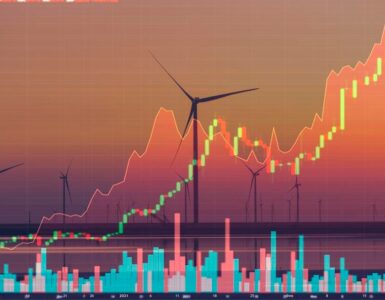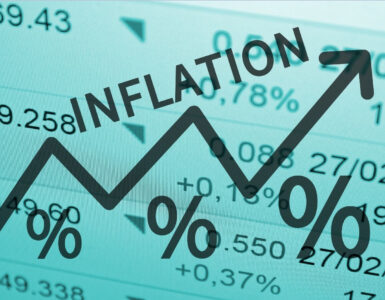No, it’s not your imagination: Shelves in a lot of stores are still empty, and that item you ordered is taking longer than normal to reach you.
All of which means the Great Supply Chain Crisis that many hoped we would leave behind in 2021, is clearly becoming a 2022 concern. And despite redoubled efforts by the Biden administration — and the growing list of other market risks like the tech stock rout and an Omicron-driven reversal in jobless claims — there’s very little relief in sight.
“One scenario for 2022 could easily be more of the same,” analysts at Panjiva, the supply chain research unit of S&P Global Market Intelligence, wrote this week.
“Built-up congestion, even if demand wanes, could continue to pressure logistics networks and keep shipping rates elevated. This scenario assumes that ports, carriers and inland logistics networks are not able to find a way to alleviate bottlenecks,” the report added.
The issue, which used to be closely associated with ships marooned in West Coast waters, is now bubbling up in more quotidian ways like search engine queries. According to Google data, searches associated with food shortages and empty shelves have posted triple and quadruple-digit percentage spikes in the last week.
On Thursday, Yahoo Finance’s Dani Romero wrote how port bottlenecks are one element being monitored by the Federal Reserve as it inches closer to hiking rates. The Fed is making increasingly hawkish noises about inflation, which is being exacerbated by high demand underlying supply shortages. However, if prices cool down in the near term, the central bank may be persuaded to be less aggressive on tightening.
Unfortunately, all available evidence suggests that’s unlikely to happen, and the central bank is much more likely to hike by more than Wall Street anticipates. Meanwhile, companies and consumers alike have grown accustomed to paying more for goods that take longer to reach them — worsening the inflationary pressures eating away at purchasing power and higher wages.
According to a C-suite survey from The Conference Board released on Thursday, CEOs rank supply chain disruptions as their third biggest external concern, and many feel unprepared for more disruptions.
Meanwhile, ports appear to have made little headway in unloading ships. The Marine Exchange of Southern California reported that as of Wednesday, there were 104 container ships backed up in local ports, but a new queueing system implemented in November has slowly whittled down the number of vessels loitering or anchored in the region.
“A 2022 that is even worse for shipping is hopefully avoidable, but there are several risks that could trigger more logistics issues.” Panjiva warned. A list of risk factors — like strikes, work slowdowns, or a repeat of the Ever Given blockade in the Suez — could easily prolong the crisis, and push inflation up even higher.
Currently, the Ports of Los Angeles and Long Beach are renegotiating longshoreman contracts, which may end in a stalemate, Panjiva points out. And given that both hubs accounted for 32% of U.S imports last year, “removing that link for any period could send an overwhelming surge of traffic to other destinations.”
Source: Yahoo Finance










